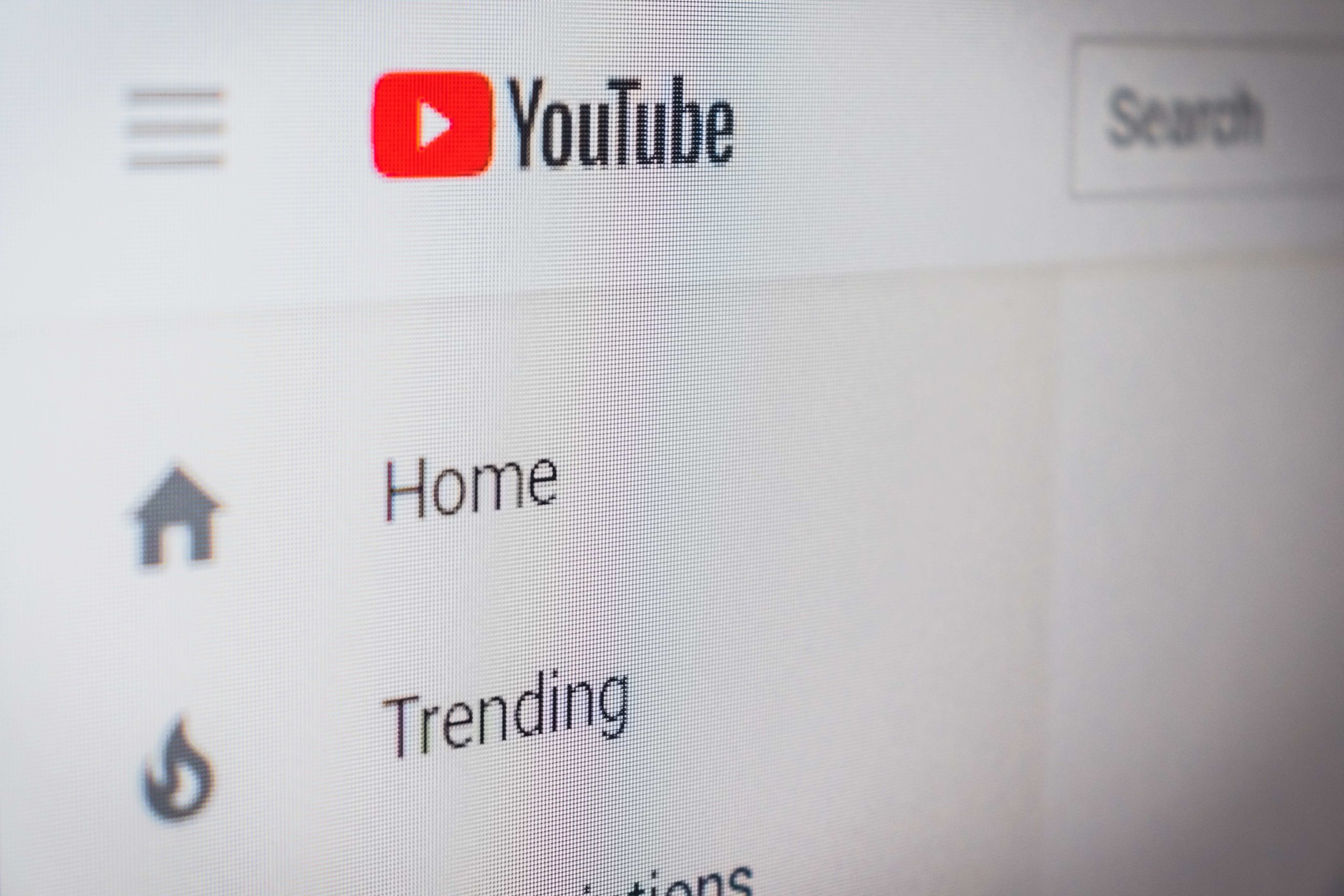Today’s post comes from my friend, Madison Beaulieu, who is a graphic designer and half of the dynamic duo, Mad + Dusty. She and her hubby created not only my logo and branding, but my website as well.
Madison and Dusty only design in Squarespace, and because I wanted to work with them, I went with SS as well. It’s been a great decision, and if re-branding or launching a new website is on your list for 2019, I’d urge you to take a look at this platform as well.
And to get you started on your research, I’ve asked Madison to review the pros and cons of Squarespace. No website platform is perfect, but there are a lot of features she and I both love about SS, and maybe you will, too. Let us know if you have any questions!
(By the way, you can catch Madison and I talking about this post and more on Facebook Live.)
I first discovered Squarespace while working at a marketing agency. We were investigating more, low cost ways to design websites for nonprofits and causes. Before Squarespace, we’d been using a Wordpress template, but found out that we loved the flexibility and freedom Squarespace allows you to have in the design while still creating quickly.
I then started my own site at home to experiment with it, and fell in love further. It was pretty intuitive to learn, and there are tons of tutorials and helpful articles available online as well.
The first site I designed for a client was for Paint Love, and they have been updating it as needed ever since. It’s been great to see the site evolve and change to fit their needs. Another good, nonprofit example would be Miles4Major because it’s such a beautiful, simple site. And if I remember correctly, that one came together in less than a month!
Squarespace Pros
Effective, Beautiful Sites Fast
If you need a great-looking website fast, Squarespace is the right place to start. It’s is the best “drag and drop” website builder around, and they can be created relatively quickly, especially when working with a designer. And all templates are mobile-ready, meaning they can be viewed just as well on small screens like smartphones and tablets. No pinch and zoom necessary! These features also generally make them less expensive than your typical Wordpress site, which is often made by a designer/developer duo.
Customer Support
One of the reasons I initially fell in love with Squarespace, and stayed for good, is their customer service. I’ve solved many technical issues with their team on chat. Wait times are not too bad, and they are always helpful and kind. I feel so much better designing sites for clients knowing there is an added level of help available after I’ve finished.
Easy Edits and Extensive Resource Library
Another reason I stuck with Squarespace is that it’s fairly easy to edit when the initial frame is built out. Most of my clients are startups, and they rest a bit easier knowing that they have the keys to their web city. They can often make any changes needed on their own without my help. And, when needed, there’s also an extensive resource library with a how-to on just about everything.
Integrations
Squarespace has so many integrations, such as Mailchimp, Acuity Scheduling, SoundCloud, and OpenTable, to name a few. You can even set up your Gmail through Squarespace. Because these are true, approved integrations, everything looks seamless and beautiful. Having all of your tools talk to each other is a #blessing.
Pricing
Squarespace pricing is about what you can expect for a website these days. But here’s a quick rundown on pricing so that we’re on the same page: When you pay for a site, you’re typically paying for hosting and a domain. Squarespace’s pricing is for hosting—basically renting space in servers around the world so that your site will be able to arrive in web browsers everywhere. Domains are like a forwarding address, directing any requests to the right rented space.
Yes, there are “free” hosting options, but honestly the “free” options are doing you more harm than good. At this point, we’ve probably all been to a Wix site and seen the banner announcing, “This site was designed on Wix!” front and center. Or a Wordpress site with clickbait links and ads hiding out. No! Please resist! Get out of there, friend. I promise it’s worth the investment.
If you want to be taken seriously, and especially if you’re trying to sell something or collect donations, you need a professional-looking website—and, yes, that costs a few bucks.
Squarespace Cons
Not Enough Options
In Squarespace, you are limited by templates, yet have an overwhelming amount of options. You do have to design within the template, and this means that initial template choice is a MAJOR part of the web design process. I spend a lot of time working with clients on what functions they need from a site before even talking about what it will look like. Form has to follow function with Squarespace.
Too Many Options
Hopping into Squarespace for the first time can feel like diving into an Olympic-sized pool. Or maybe the ocean. There are a lot of choices to be made once you get in there. If you go in without a plan, you can get lost in options, a whirlpool of minutia. Again, form has to follow function.
Photo-Based Design
Photo-based design should be totally great, right?! Well, if you have the photography to back it up, then yes, it’s a huge perk. But many brands struggle with photography. It’s a little tougher, but not impossible to create a pleasant text-based site. Fortunately, though, Squarespace has recently added a few, text-focused templates as well as an Unsplash integration to make finding free stock photography easier.
Requires (A Little) Training and Web Proficiency
You really do need to watch some videos or do some reading to get the most out of the platform. Every one of my website projects ends with a training session for that very reason.
Once you understand the building blocks of the site, it is pretty easy to navigate, but I’ll admit there can be a learning curve. The best place to go to learn is their Getting Started Guide. Then look into page types, followed by design. And one of my favorite resources is the template comparison chart from Using My Head. I’ve used chart that countless times to nail down the right template for my clients.
Glitches
Squarespace has only improved over the years, but it’s still a web-based editor and has some web-based hiccups. I’ve designed a few pages only to click save and realize that not going to happen. So, save often. And in case you didn’t catch that—save often.
I’ve also noticed that when uploading multiple photos or doing a lot of work in galleries, the upload time can be quite long. Squarespace processes each photo you upload to save space and help with site load time, but that can take a bit more time on the editing side.
To wrap up, if you don’t have a massive amount of content, and are looking for a lower-cost and beautiful way to get your cause on the web, Squarespace all the way! But if you’ll need to have archives of information on your site or will need special functionality, then WordPress might be a better option for you. The best way to know for sure would be to talk with a designer!
Most of us design folk take free introductory meetings. We also want to find out if we’d be a good fit, and you’d get to learn some new stuff—and maybe even get some free advice! Why not take advantage of that? You’ll walk away having learned something, and possibly also gain a great partner moving forward.
KP note: And if you’d like another Squarespace review, check out this podcast episode from Femtrepreneur. They also have a free Squarespace course, or you can catch one the Squarespace webinars as well.
Next week we’ll learn the pros and cons of Wordpress, so stay tuned!
Mad & Dusty is a creative team for nonprofits and purpose-driven brands. Starting in 2015, Madison and Dusty Beaulieu have worked with over 40 purpose driven organizations to tell important stories through art and design.
Find them online at www.madanddusty.com.
PIN THIS POST FOR LATER:
I’m Kristi Porter, and I help cause-focused organizations understand and execute effective marketing campaigns so they can move from stressed to strategic. Your resources may be limited, but your potential isn’t. Whether you’re a nonprofit, social enterprise, or small business who wants to give back, I’ll show you how to have a bigger impact.












































